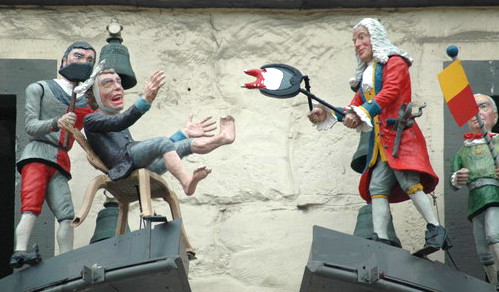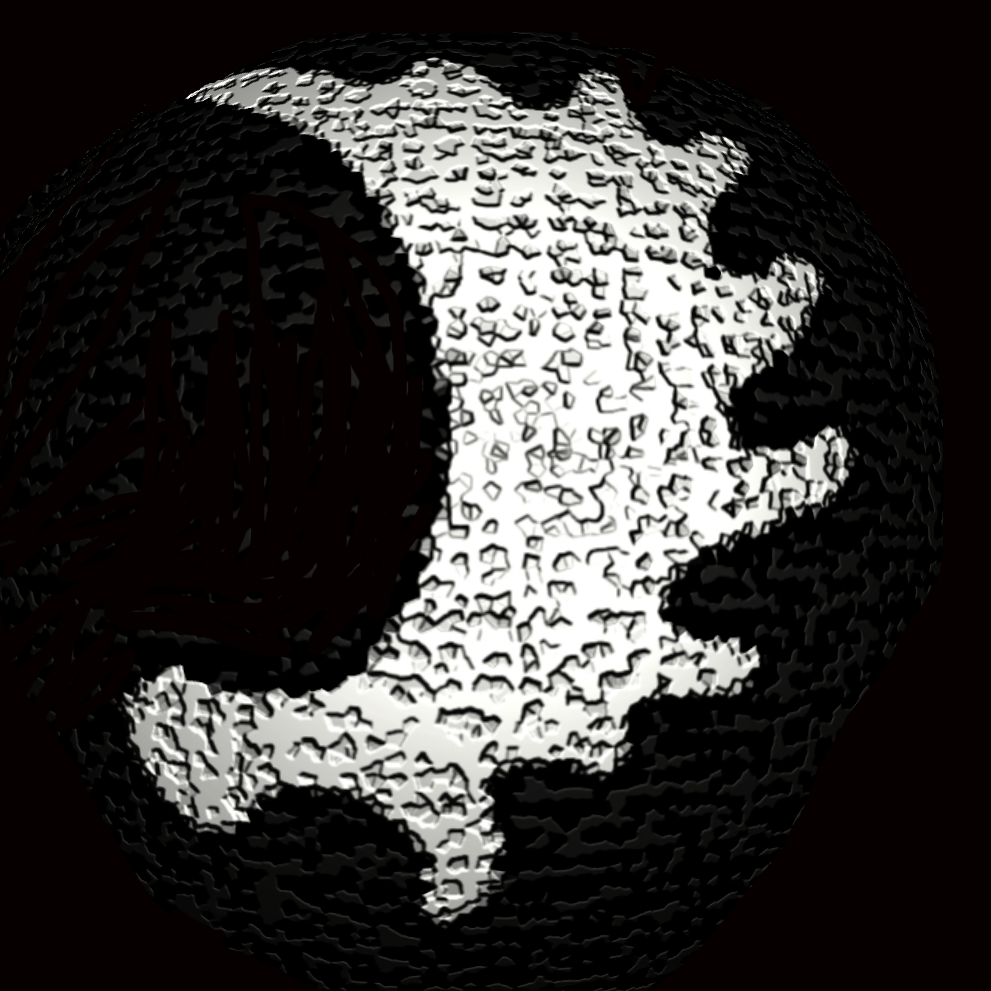When I recently saw the name Dr. Eisenbarth, I immediately recalled a melodious tune from my childhood: “Ich bin der Doktor Eisenbarth, Ja, Ja, Ja..” …that song still sits in my memory and suddenly spilled out. It is fascinating to learn that there actually was a real person named Johann Eisenbarth in the late 1600’s and early 1700’s who achieved great success and fame as a travelling surgeon in Prussia.
He was referred to as “Dr. Eisenbarth”, but had no medical doctorate, nor was he officially appointed to the title. He was a “travelling surgeon”, usually accompanied by a large entourage of up to 120 persons, including entertainers, harlequins and musicians who performed in a carnival-like atmosphere while Eisenbarth plied his trade. This spectacle drew large crowds and the loud music and revelry helped drown out the cries of pain from his patients.
Despite this, Eisenbarth was considered a skilled surgeon. He was an oculist and barber-surgeon who specialized in treatment of cataracts, calculus surgery, and the treatment of bone fractures. His grandfather and father were also surgeons, and much of Eisenbarth’s medical knowledge was learned from his brother-in-law. Eisenbarth designed his own medical instruments, including a cataract needle and a polypus hook. From his home in Magdeburg, called Zum goldenen Apfel, he manufactured and marketed his own medicine, and sold these remedies on a large-scale.
Johann Andreas Eisenbarth (March 27, 1663 – November 11, 1727) was a native of Bavaria, but gained fame after he was allowed to practice in Prussia, where he was bestowed with privileges by German royalty.
Around 1800 a song called “Ich bin der Doktor Eisenbarth” (I am Doctor Eisenbarth) became popular in Germany. Author Eike Pies penned a book titled: Ich bin der Doktor Eisenbarth and in his home town of Oberviechtach in Bavaria there is the “Eisenbarth Fountain”, commemorating his work. Also, a pharmacy in Oberviechtach sells a product called “Eisenbarth elixir”. Finally, in 1977 a German postage stamp was issued featuring the image shown here of Dr. Eisenbarth in action.




Folklore images of Dr Eisenbarth pulling a wisdom tooth and depiction of the Doctor with his tools of the trade…at right is a realistic portrait of the accomplished surgeon who specialized in treatment of cataracts, calculus surgery, and the treatment of bone fractures.
__________________________________________________________________________________________________________If you were wondering about the song, here are Partial stanzas of the original satirical student song from 1800 ……. „Ich bin der Doktor Eisenbarth, widewidewitt, bum bum Kurir die Leut nach meiner Art, widewidewitt, bum bum……………… Kann machen, daß die Blinden gehn, Und daß die Lahmen wieder sehn. Gloria, Viktoria, widewidewitt juchheirassa! Gloria, Viktoria, widewidewitt, bum bum………………. Es hatt einmal ein alter Mann widewidewitt, bum bum Im Rachen einen hohlen Zahn, widewidewitt, bum bum Ich schoß ihn raus mit der Pistol, Ach Gott, wie ist dem Mann so wohl. Gloria, Viktoria…………………… Drauf rief mich stracks der große Zar, widewidewitt, bum bum Er litt schon lang am grauen Star, widewidewitt, bum bum Ich stach ihm beede Augen aus, Jetzt ist der Star wohl auch heraus. Gloria, Viktoria…“
Keeping in mind the old adage… You had to be there…It was the melody of the tune and the many interspersed refrains that made this satire memorable and humorous. Here is a bare bones translation that gives you the essence : “I am the Doctor Eisenbarth, I cure the people in my own way, I can make the blind walk again….I make it so the lame can see again.

Explore images on brand new products at my stores


